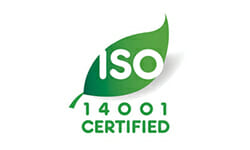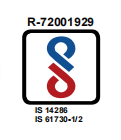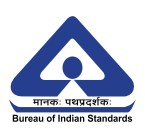Frequently Asked Questions (FAQs)
PV, short for Photovoltaic, derives its name from the process of converting light (‘photo’) directly into electricity (‘voltaic’). Simply put, a Solar PV system is a power station that generates electricity from sunlight.
The main components of a Solar PV system are:
Solar Panels or Modules: Solar panels consist of a group of small cells made from semiconductor material. When the sun’s light falls on the modules, it excites the electrons, thereby creating direct current (DC).
Solar Inverter: The DC electricity goes into an inverter that converts it into alternating current (AC). We use AC for running our household or office or factory equipment.
Storage Battery (optional): The best use of solar energy is to consume it while it is being generated. If the requirement is to store this power and consume it in the non-sunny hours, then solar energy can be stored in batteries for later consumption.
Normally, solar panels need negligible maintenance for the better part of 25-35 years. Having been made from sturdy tempered glass and high-quality materials, the panels exhibit a top-grade longevity quotient staying functional for a long time. Another add-on is the fact that the panels don’t require much cleaning either.
If you are used to paying your power bill regularly, you can easily make the transition to solar energy as well. Incurring negligible maintenance costs or the need for cleaning and repair, it is an ideal fit for establishments of all types. Not only will your initial investment be recovered, your electricity costs will be significantly cut down right from the get go.
South-facing houses which get negligible shade are tailor made for installing solar panels. However, in most cases with a few simple tweaks here and there, your rooftop can become solar-compatible even if it isn’t susceptible to ideal conditions otherwise. Our technically astute staff will be at your disposal and see you through the transition as seamlessly as possible.
The amount of energy generated is directly proportional to the available sunlight. Hence, solar panels are incapable of generating electricity during night time. Also, when the weather is cloudy, significantly less amount of power will be generated.
Solar panels absorbs sun’s limitless energy during the day time and in turn convert it into DC – Direct Current. Conventionally, establishments run using AC electricity (Alternating Current); which is why the DC currents are then made to pass via an inverter to render the electricity usable. Once that is done, you either use the power generated directly in your establishment or you can also send it over to the main electric grid. The quantum of power generated is directly proportional to the sunlight on offer. Hence, there will be no energy generation during night time and respectively lesser during cloudy weather.
PV, short for Photovoltaic, derives its name from the process of converting light (‘photo’) directly into electricity (‘voltaic’). Simply put, a Solar PV system is a power station that generates electricity from sunlight.
The main components of a Solar PV system are:
Solar Panels or Modules: Solar panels consist of a group of small cells made from semiconductor material. When the sun’s light falls on the modules, it excites the electrons, thereby creating direct current (DC).
Solar Inverter: The DC electricity goes into an inverter that converts it into alternating current (AC). We use AC for running our household or office or factory equipment.
Storage Battery (optional): The best use of solar energy is to consume it while it is being generated. If the requirement is to store this power and consume it in the non-sunny hours, then solar energy can be stored in batteries for later consumption.
REQUEST A QUOTE
Talk About How We Can Help You Reduce Your Energy Bill
Certifications











